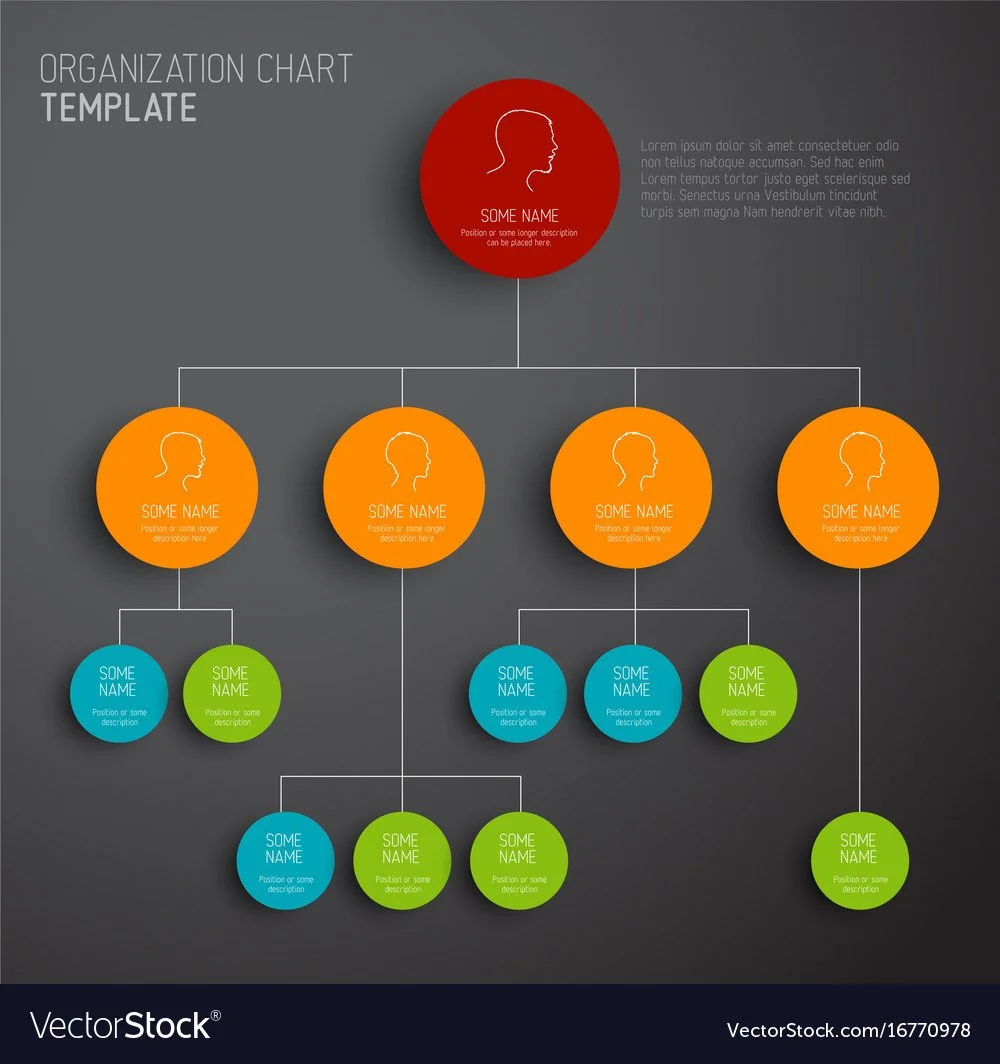It’s not about the journey, but the destination, which is why it’s important to know where to start. This blog by Doug Rosenberg covers how to plan and prepare your journey map with purpose.
The Destination is The Journey Map
There are lots of different approaches to creating customer journey maps. At Hard Yards, we tend to see journey maps in one of two ways. They can either be used as a discovery tool or a planning tool. In discovery mode, we use journey maps to describe the current state of a given journey in order to empathize with the user, identify pain points, and expose potential solution ideas or areas for further research and testing. In the planning mode, journey maps can be used to map out a new experience from the ground up. This is often useful when launching a new product or service.
Micro-moments from Google
There has been a lot of buzz recently around the idea of micro-moments. The research and innovation center “Think with Google”[1] has dedicated a large coverage to the results brands achieved when focusing marketing campaigns on micro-moments.
Micro-moments are a great way to catch the moments that matter for your customers, understand their needs, and focus the customer journey around these needs. I find the micro-moments a useful tool to structure thinking when crafting Customer Journey Maps and identifying the important steps that customers go through in their journey.
What are Micro-moments
According to Google, there are four types of micro-moments[2]:
I-Want-to-Know Moments
I-Want-to-Go Moments
I-Want-to-Do Moments
I-Want-to-Buy Moments
Each micro-moment describes an instance in time when the customer experiences a need that your product should address. In those moments, customers expect the product to help them solve their needs. By identifying these moments and designing solutions that help customers solve their needs, you connect more directly with the customer and help them in those moments that matter.
Google offers several resources dedicated to micro-moments, including a detailed guide with industry results. Refer to the Think With Google website for more.
LEARN MORE: https://www.thinkwithgoogle.com/collections/micromoments.html
[2] Source: “Micromoments”







